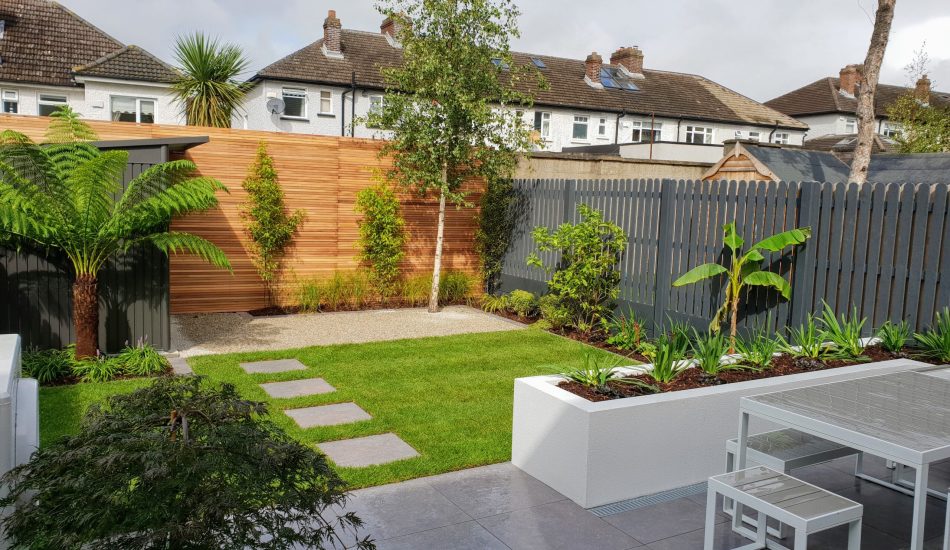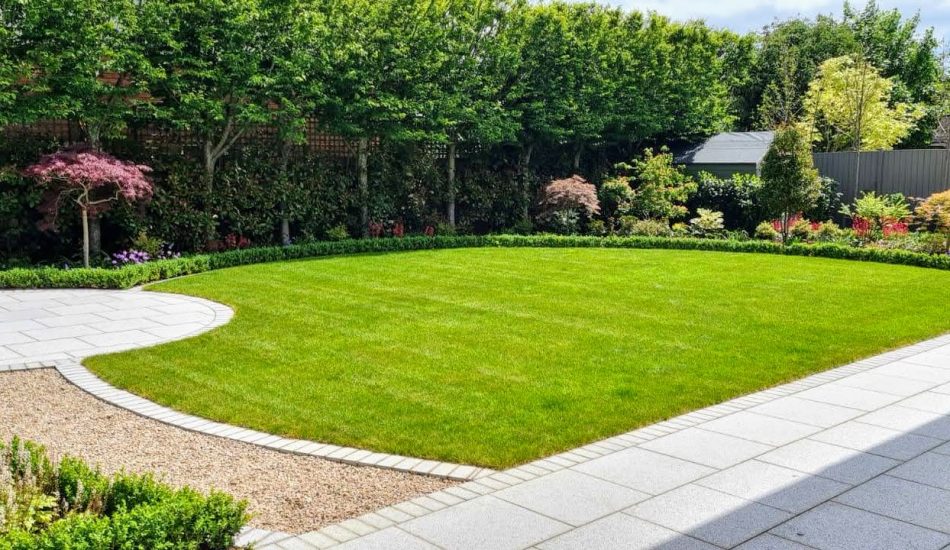Welcome to our LandArt - Landscaping Guide
Landscaping is the art of designing and maintaining outdoor spaces to create an aesthetically pleasing environment. It can involve a wide range of elements, such as plants, trees, rocks, water features, and lighting. A well-designed landscape not only enhances the beauty of a property but also adds value to it. In this blog, we will discuss the basics of landscaping and some tips for creating a beautiful outdoor space.
Please see below our Landscaping Guide for you new garden.

The first step in landscaping is to analyze the site and assess its characteristics such as soil type, topography, sun exposure, and drainage. Based on this information, the designer can choose the right plants and other elements that will thrive in the environment.
The next step is to create a plan that includes the layout of different elements, such as pathways, seating areas, and water features. This plan should also take into account the overall style and theme of the landscape, such as a formal or informal design, and the desired level of maintenance.
When selecting plants, it is important to choose species that are appropriate for the local climate and soil conditions. Native plants are often a good choice as they require less maintenance and are better adapted to the local environment. The designer should also consider the height, color, and texture of plants to create a visually appealing composition.
Hardscaping elements such as paths, patios, and retaining walls can also add structure and interest to a landscape. Materials such as stone, brick, or concrete can be used to create a range of styles, from traditional to contemporary.
Water features such as ponds, fountains, and waterfalls can add a calming element to a landscape and attract wildlife. Lighting can also enhance the beauty of a landscape and create a warm and inviting atmosphere in the evening.
Maintenance is an important aspect of landscaping, as a well-maintained landscape will continue to look beautiful and add value to a property. Regular tasks such as pruning, fertilizing, and watering are essential for plant health. Hardscaping elements should also be inspected regularly for damage or wear and tear.
In conclusion, landscaping is a creative and rewarding process that can transform any outdoor space into a beautiful and functional area. By carefully selecting the right plants and elements, creating a cohesive design, and maintaining the landscape regularly, you can create a stunning outdoor environment that will provide enjoyment for years to come.

Why is landscaping important?
- Aesthetic Appeal: Landscaping can greatly enhance the visual appeal of a property, making it more attractive and enjoyable to look at. A well-maintained landscape can also increase property value and curb appeal.
- Environmental Benefits: Landscaping can have a positive impact on the environment by reducing erosion, filtering pollutants from the air and water, and providing habitats for wildlife.
- Health Benefits: Spending time in a well-designed and well-maintained landscape can have physical and mental health benefits, such as reducing stress and providing a space for exercise and relaxation.
- Energy Efficiency: Properly designed landscaping can help to reduce energy costs by providing shade, blocking wind, and reducing the amount of heat absorbed by buildings.
- Community Benefits: Landscaping can bring people together and foster a sense of community pride. It can also provide opportunities for community involvement and engagement through activities like gardening and landscaping projects.
Overall, landscaping is an important aspect of property management and has a range of benefits for both individuals and communities.


